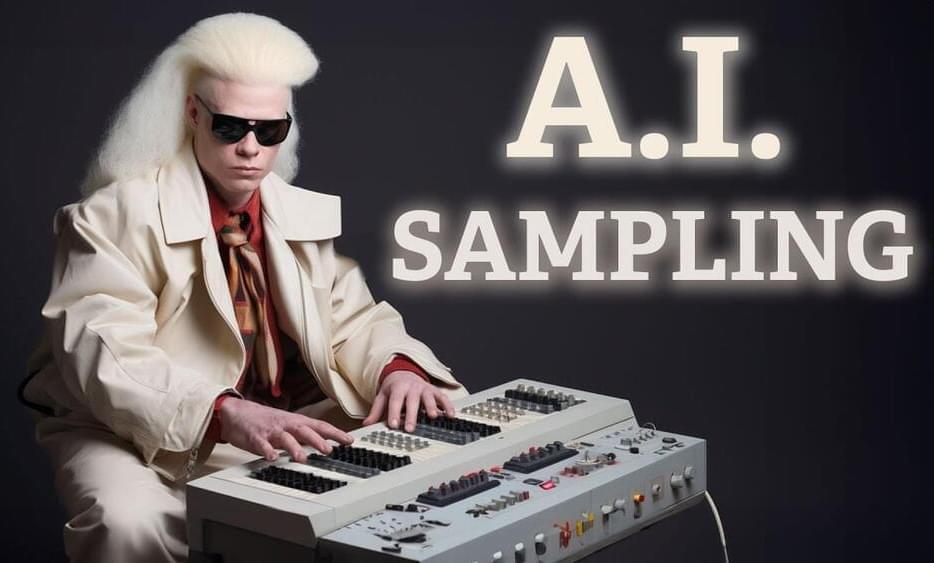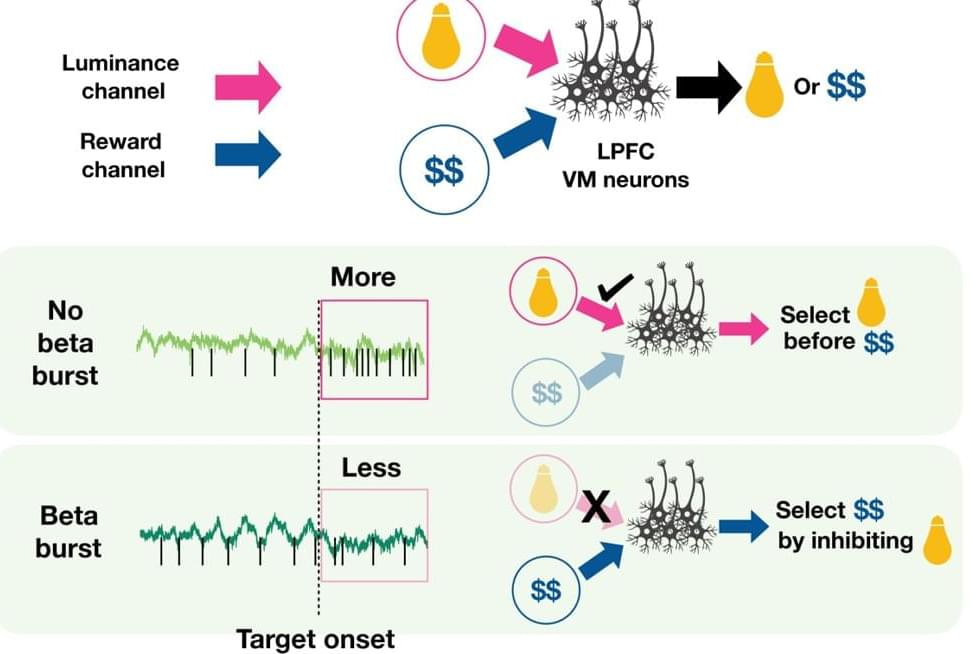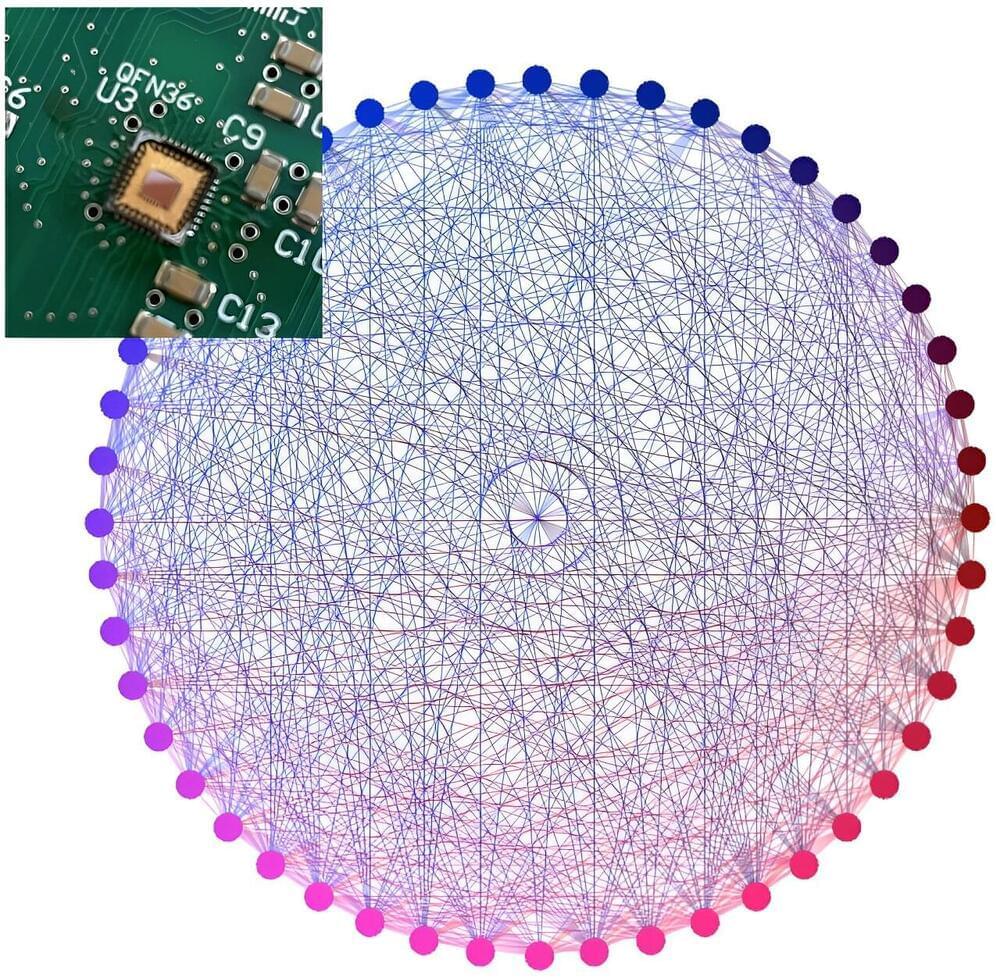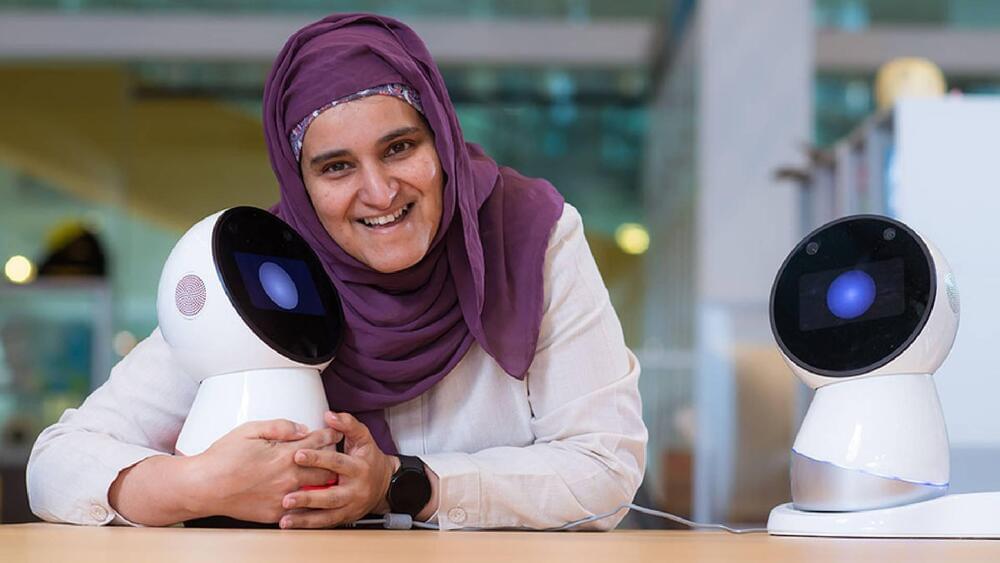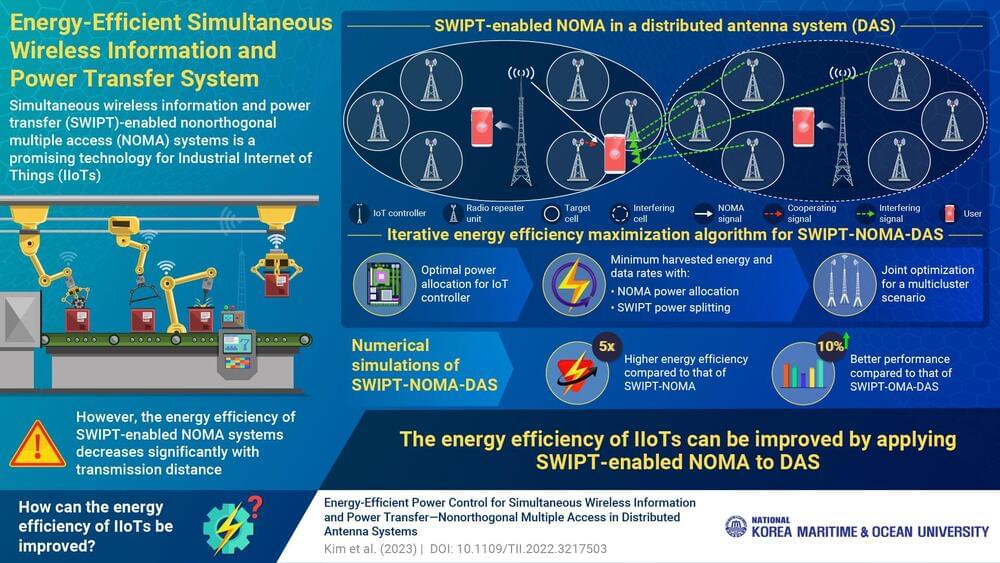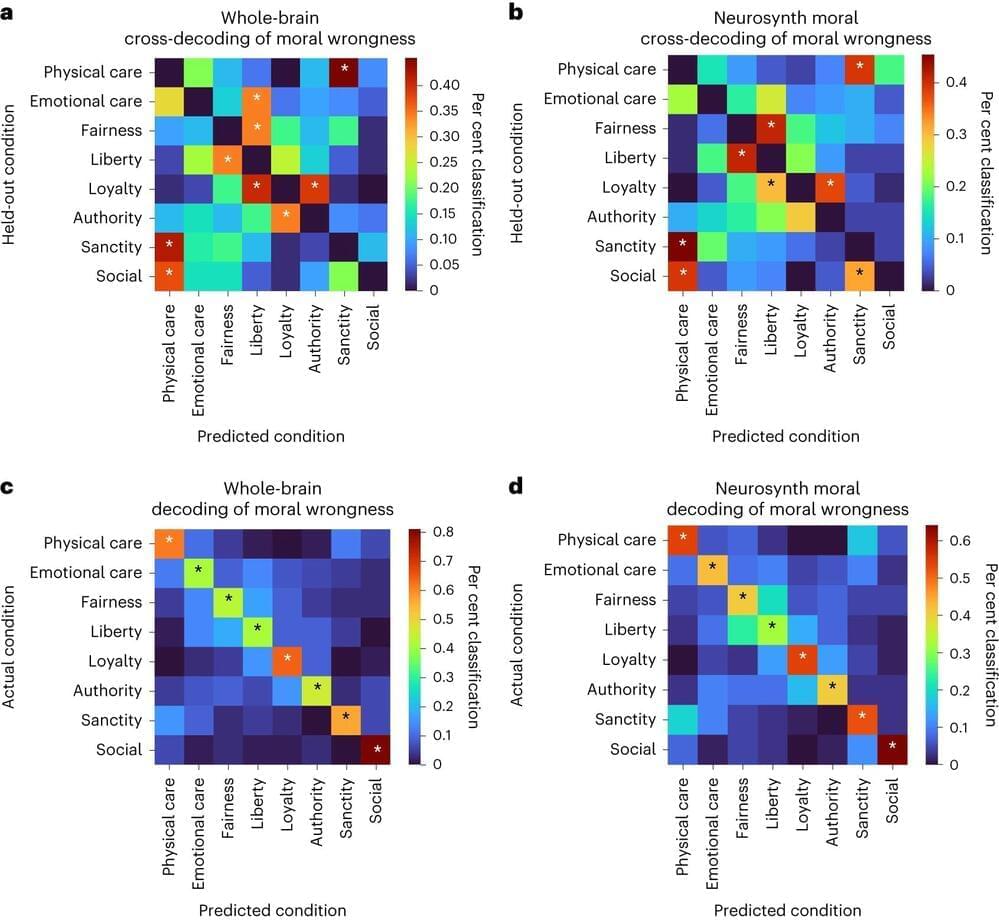Sep 11, 2023
Groundbreaking Quantum Leap: Physicists Turn Schrödinger’s Cat on Its Head
Posted by Paul Battista in categories: particle physics, quantum physics
Researchers from the University of Warsaw’s Faculty of Physics, in collaboration with experts from the QOT Centre for Quantum Optical Technologies, have pioneered an innovative technique that allows the fractional Fourier Transform of optical pulses to be performed using quantum memory.
This achievement is unique on the global scale, as the team was the first to present an experimental implementation of the said transformation in this type of system. The results of the research were published in the prestigious journal Physical Review Letters.
Physical Review Letters (PRL) is a peer-reviewed scientific journal published by the American Physical Society. It is one of the most prestigious and influential journals in physics, with a high impact factor and a reputation for publishing groundbreaking research in all areas of physics, from particle physics to condensed matter physics and beyond. PRL is known for its rigorous standards and short article format, with a maximum length of four pages, making it an important venue for rapid communication of new findings and ideas in the physics community.


